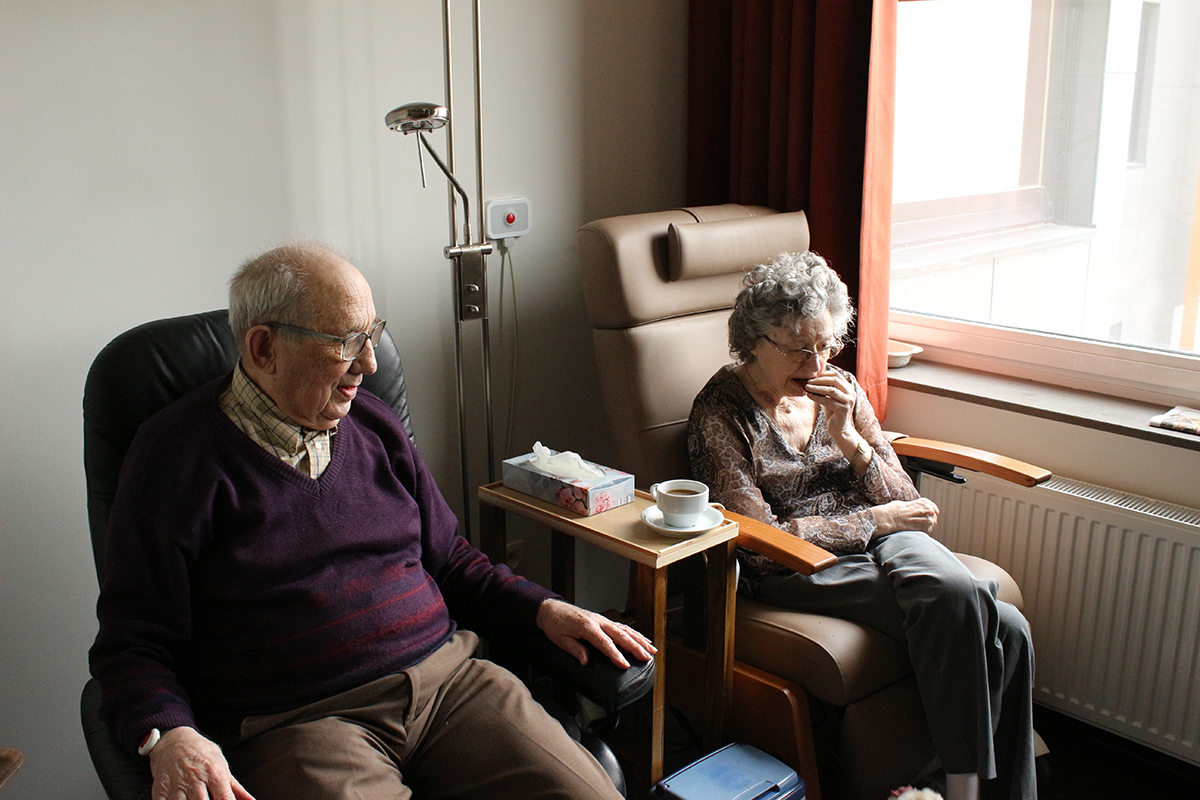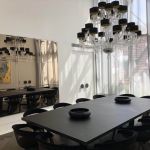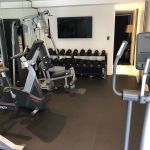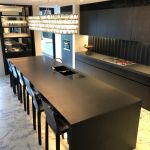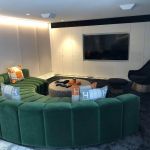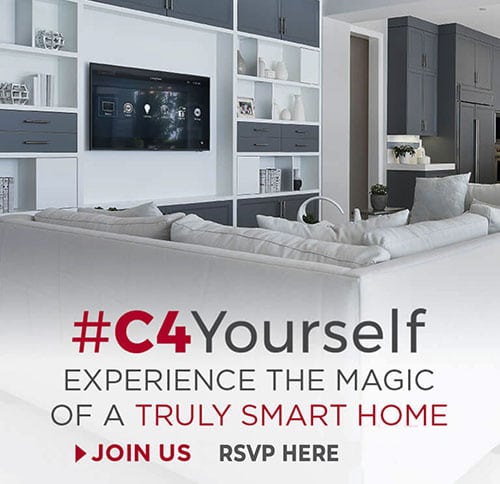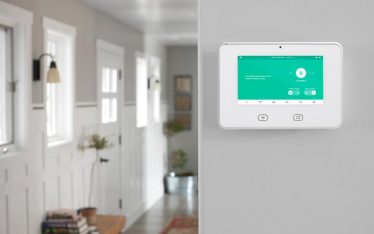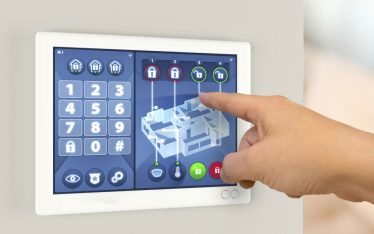There is a concept called “aging in place,” which resonates with seniors and those responsible for healthcare systems. The idea is simple yet profound—let people age in the comfort of their own homes, adapting to changes in health and mobility while avoiding the hefty costs associated with institutional care. Smart technology for the elderly and disabled is a silent yet powerful ally in achieving this.
The fusion of the Internet of Things (IoT), ambient assisted living, and smart home technologies holds the promise of supporting the elderly and empowering them to live independent and fulfilling lives. With a home that responds to your preferences and monitors your health, ensuring chronic diseases are managed effectively within the familiar walls of your residence becomes much easier.
Elderly and patient monitoring with smart homes
Smart home technology offers us sensors, machine learning, and an understanding of the physical environment and its inhabitants. When applied to the management of ageing or chronic diseases, the unique capabilities of smart homes ensure safety and security, foster social interaction and provide cognitive and sensory assistance.
We understand smart homes for their automation and efficiency benefits. However, it is time to realise they are an integral part of compassionate and personalised healthcare for our aging population.
Monitoring the well-being of the elderly
Smart home technology employs a subtle yet sophisticated choreography of environmental sensors. These sensors, ranging from infrared motion detectors to contact, light, temperature, and humidity sensors, work together to provide unobtrusive insights into residents’ behaviour:
- Motion sensors, often in the form of Passive InfraRed (PIR) sensors, are sensitive to the infrared light emitted by the human body. These sensors detect the presence of residents in different rooms, unveiling where they are and when and how they are moving. Some motion sensors cast a wide net, monitoring entire rooms, while others focus on specific areas within their line of sight. This distinction allows for a nuanced understanding of residents’ activities, including their location, time spent in a room, and even patterns related to essential activities like toileting and sleep.
- Contact sensors complement this, capturing the manipulation of objects through magnetic switches. Whether a door is open or closed, we gain insights into residents’ movements in and out of the home. This subtle yet impactful detail can provide valuable information about social behaviours, shedding light on the household’s ebb and flow of daily life.
- Light sensors, dispersed strategically throughout the home, monitor ambient light levels in each room. These sensors indirectly illuminate residents’ activity levels during the day and night. For instance, placing light sensors inside the refrigerator can unveil details about food-related routines, contributing to a comprehensive understanding of daily habits.
All of this provides insights into activities like kitchen stove usage and bathroom showers, offering information that smart homes use to ensure the safety, comfort, and wellbeing of their elderly residents.
External memory aid as a digital memory notebook
Mobile applications that harness the power of smart home data and activity recognition techniques can provide invaluable support for individuals managing their daily tasks.
Known as External Memory Aids, this tech is designed to be the digital companions that help patients navigate their daily lives more easily and efficiently. These applications act as personal assistants, offering timely reminders, tracking completed activities, and signalling tasks yet to be accomplished. The overarching goal is to empower individuals, particularly those with health challenges, to seamlessly integrate their daily activities while fostering a sense of reassurance and accomplishment.
Central to these applications’ functionality is utilising the Digital Memory Notebook (DMN) mechanism. This mechanism operates as a dynamic and intelligent checklist, automatically ticking off completed tasks based on smart home data. By leveraging the wealth of information gathered from the smart home environment, individuals are provided with real-time feedback on their achievements, reinforcing a positive sense of accomplishment.
External Memory Aids go beyond mere tracking and offer a predictive dimension to task management. Through the DMN mechanism, these applications analyse historical data to predict when certain tasks should ideally be completed. This predictive feature is particularly noteworthy for its ability to prompt users to initiate activities when they naturally occur, eliminating the need for users to manually program reminders.
Health outcomes and vital signs
The smart home automation and tech spectrum also covers enhancing patient well-being and fostering proactive management of various health parameters. Devices strategically installed in patients’ homes have been instrumental in detecting vital signs such as blood glucose levels, peripheral oxygen saturation, blood pressure, and body temperature.
These real-time data streams enable remote health monitoring by healthcare professionals, particularly nurses, who can intervene promptly if abnormalities are detected.
Medication management, a critical aspect of healthcare, has also seen innovative interventions through smart home technology. A system embedded in ambient assisted living environments utilises online, mobile, and wearable devices and sensors to provide feedback and intelligent analysis. This system, strategically placed in the kitchen, bedroom, and other areas supports patients with cognitive impairment in managing their medication. Additionally, a Smart Home for Elders (SHfE) technology employs sensors to record the time patients take their medicine, activating when the medicine box is opened. This provides a record of medication adherence and offers timely reminders to participants who may have missed their medication schedule.
SMARTHOMEWORKS: Smart home automation experts
SMARTHOMEWORKS has earned the trust of the Sydney community as the go-to choice for smart home automation installation. Our team of experienced professionals has many years of experience in smart home automation, bringing a wealth of knowledge to each installation, ensuring it is tailored to meet the needs of our clients.
Speak with the team at SMARTHOMEWORKS today about our comprehensive suite of smart home solutions and create a fully integrated and cohesive smart home environment in your home.
